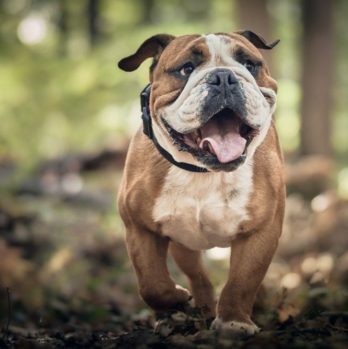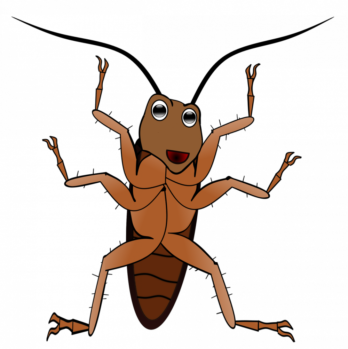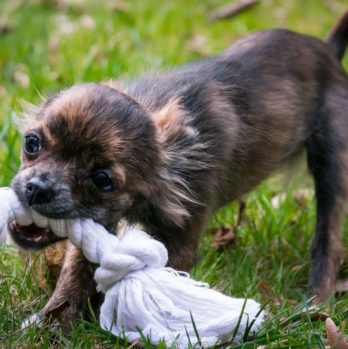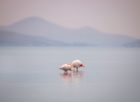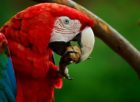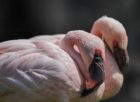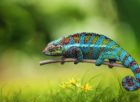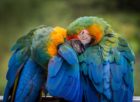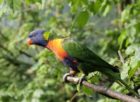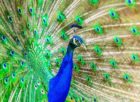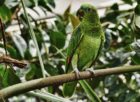Danish Wildlife: A Deep Dive into the Rich World of Danish Animals
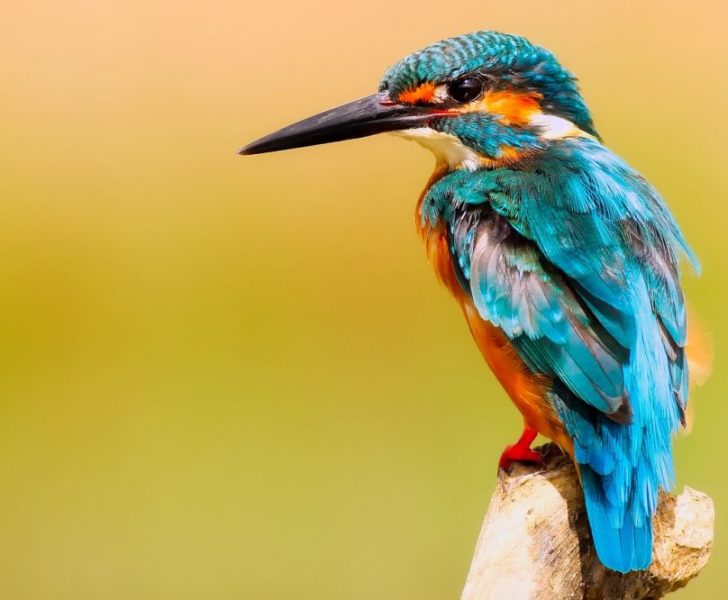
Introduction:
“Danskedyr” or Danish Wildlife encompasses a diverse range of native species that thrive in the unique habitats of Denmark. For individuals interested in the wonders of Danish fauna, this article serves as an in-depth exploration of the country’s fascinating creatures. From their historical evolution to their current status, this article aims to provide essential knowledge for animal enthusiasts and pet owners alike.
1. Understanding Danish Wildlife:
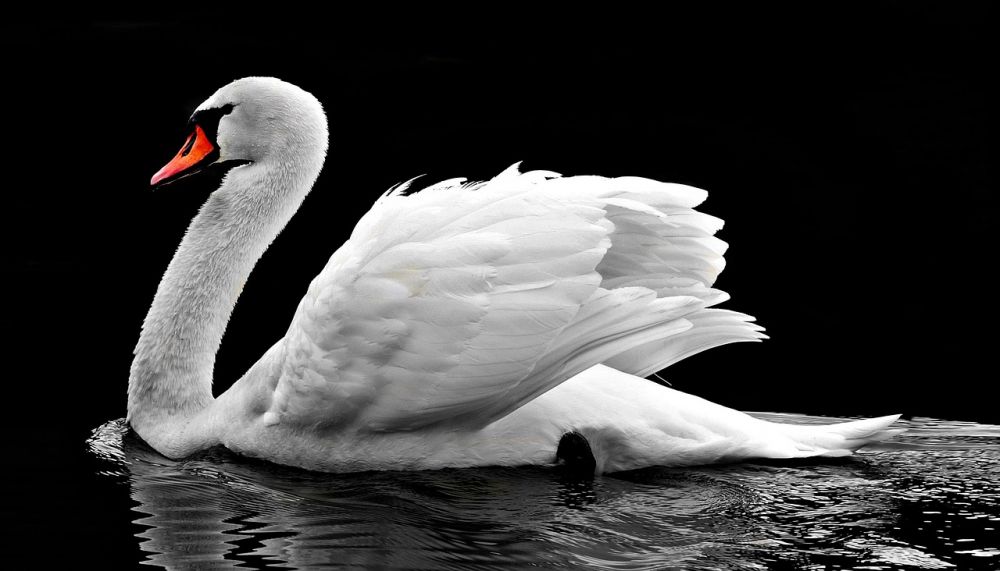
Danish Wildlife is characterized by a rich biodiversity that thrives in Denmark’s diverse ecosystems. The country is home to an array of land, air, and aquatic species, each playing a vital role in the delicate balance of the environment. Danish Wildlife includes mammals, birds, amphibians, reptiles, and a diverse marine life. Understanding these species is essential for appreciating their significance within the Danish landscape.
2. Evolution and Historical Development of Danish Wildlife:
To comprehend the present state of Danish Wildlife, an exploration of its historical evolution is necessary. Over the centuries, Denmark’s geographical features, climate, and human impact have shaped the wildlife that exists today. From the pioneering Ice Age mammals to the influence of Vikings and significant environmental changes, Danish wildlife has adapted and evolved over time. This section will delve into the footprints left by each era and highlight the key species that have thrived or faced challenges in the Danish environment.
2.1 Ice Age Mammals:
During the Ice Age, Denmark was home to prehistoric mammals such as woolly mammoths, woolly rhinoceroses, and cave lions. These megafauna roamed across the vast, frozen landscapes before succumbing to extinction as the climate shifted.
2.2 Viking Influence on Wildlife:
As the Vikings settled in Denmark, they introduced various domesticated animal species, such as cattle, horses, and pigs. These animals supported the Viking communities and their agricultural practices, ultimately shaping the Danish landscape.
2.3 Renaissance and Hunting:
In the Renaissance period, the Danish royal family’s interest in hunting introduced changes in wildlife management. The notion of protected areas, such as royal hunting grounds, ensured the preservation of specific species. These hunting practices had lasting effects on the distribution and abundance of wildlife.
3. Danish Wildlife Today:
Today, Danish Wildlife faces various challenges, including habitat destruction, climate change, and human influence. However, Denmark has implemented significant conservation efforts to mitigate these threats and protect its unique fauna. This section will highlight the current state of Danish Wildlife, focusing on key initiatives, protected areas, and the measures taken to foster a harmonious coexistence between humans and animals.
3.1 Protected Areas and Wildlife Sanctuaries:
Denmark boasts several protected areas, national parks, and wildlife sanctuaries dedicated to preserving the country’s natural heritage. These spaces play a crucial role in safeguarding fragile ecosystems and enabling native species to thrive.
3.2 Conservation Initiatives:
Numerous organizations and government bodies work tirelessly to protect Danish Wildlife. They collaborate on research, habitat restoration, and raising awareness among the general public. Conservation efforts include the restoration of wetlands, creation of wildlife corridors, and promoting sustainable land management practices.
Conclusion:
Danish Wildlife encompasses a captivating array of species that have evolved and adapted over time. From the footsteps of prehistoric giants to the modern-day challenges faced by native fauna, the history and current status of Danish Wildlife provide a profound narrative. By understanding the significance of these species and actively participating in conservation efforts, individuals can ensure the preservation of Danish Wildlife for generations to come.
